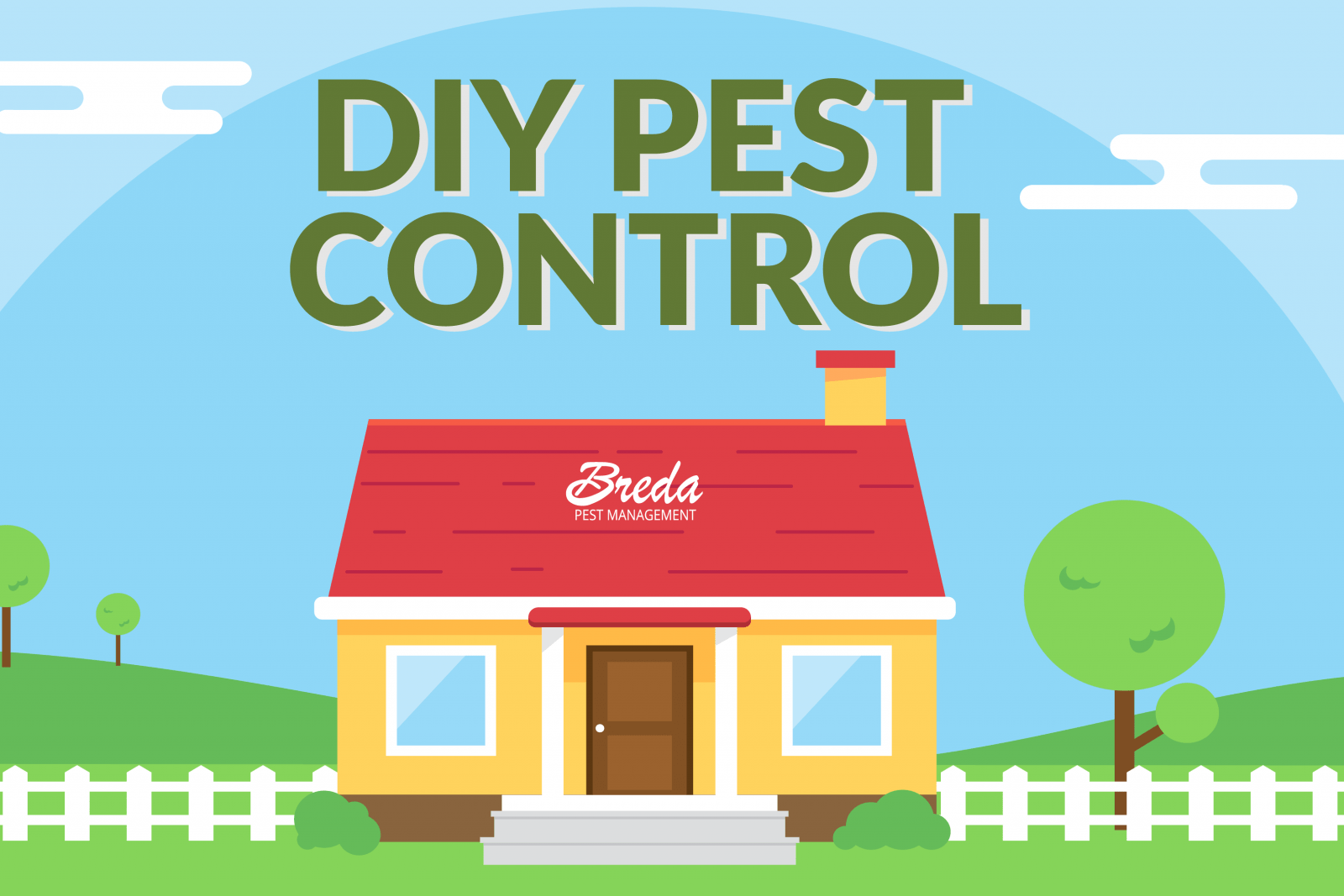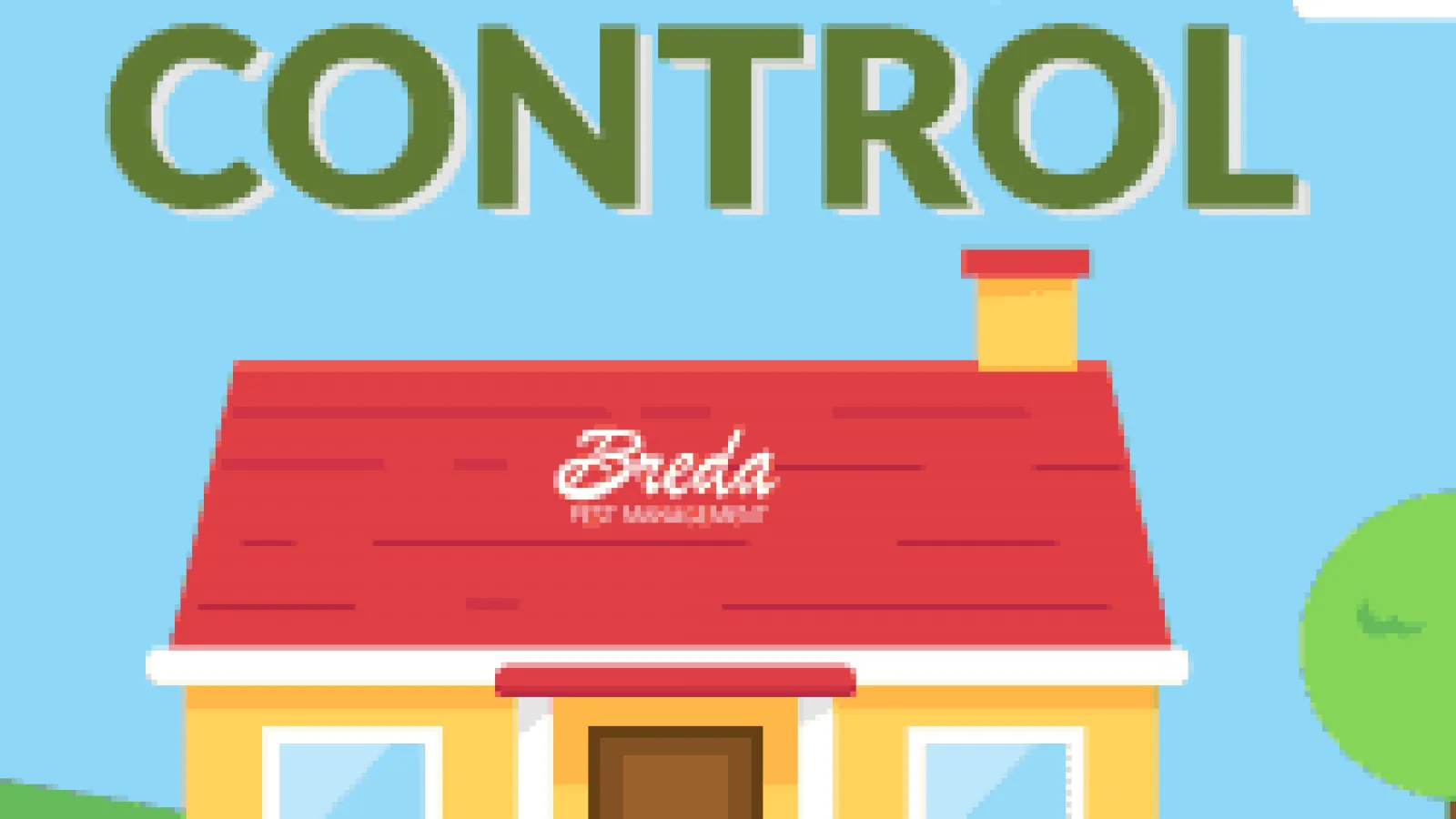With spring here, all kinds of creatures from mosquitoes and ants to wasps and squirrels will find their way to become unwelcome guests at your home or on your property. They can find ways inside through cracks and crevices in walls or foundation. They can build nests in the corners of your porch. In short- they can and will find ways to try to cause homeowners to have the spring blues.
In this do it yourself (DIY) guide, you will discover the at home basics of pest control. Many homeowners try to become professional pest managers without the proper training or information to do so successfully. This can actually lead to worsening your pest or rodent problem.
Let's take a look at some of the ways you can properly and proactively treat your home to prevent an infestation and to keep your home and family free of springtime pest worries! These steps will include preventative measures and guides to at home pest repellants.

Best Tips for DIY Pest Control
1. Be Aware of Health Concerns: Knowing the concerns associated with the pest you are dealing with could be key in your DIY response. Some creatures pose more of a threat than others. For example, en masse, the shells of cockroaches can cause respiratory problems and the droppings of bats can have serious health concerns. Evaluate the risk and decide if it's better to call a professional.
2. Inspect Your Home: There are several places in the home that could serve as entry points for pests and rodents. Check your attic space and vents to make sure they aren't serving as a welcome mat. Also check the foundation and walls for cracks and crevices. While inspecting, also be on the lookout for droppings, stains, and other physical signs of pests.
3. Keep Your Home Clean: Perhaps one of the biggest steps in maintaining a pest free home is to maintain a clean home. Make sure to dispose of garbage properly and regularly. Use airtight containers to store human and pet food, and do not leave food out on the counter for extended periods of time. All of these are the perfect environment to welcome pests into your home.
4. Have Adequate Ventilation: By using humidifiers in your basement, crawl space, and attic, you can drastically cut down on the damp spots that serve as the perfect grounds for reproduction for pests.
5. Seal Entry Points: Cracks in the foundation or walls are an open invitation for any creature looking for shelter. Use caulking and other sealants to fix this problem.
6. Ensure Proper Drainage: As stated earlier, wet spaces can serve as an attractant to pests. Be sure to make sure your home's drainage system is up to parr- free of leaks and standing water.
7. Trap and Bait: For mice and other rodents, setting traps around your house could help fix a small problem. Snap traps and sticky/glue traps are some of the most common for small rodents. For larger animals such as squirrels, a cage trap may suffice.
8. Spray: There are DIY insecticides and pesticides that are easy to use. However, we recommend ensuring whatever you are using is safe for your home, your health, and your family. When using these chemicals, always use caution, follow directions exactly, and protect yourself with the appropriate personal protective equipment (mask, gloves, etc).
At the end of the day, we know that consumers like to try and tackle their problems on their own first. For small problems, we understand. However, there are sometimes when the problem or infestation is just too far gone for a homeowner to remedy with these DIY steps.
When that is the case, Breda Pest Management stands ready to serve you and your family with top of the line pest control that is trusted to last. Call us today if you have a problem...we stand ready and able to serve you with experience you can trust.




